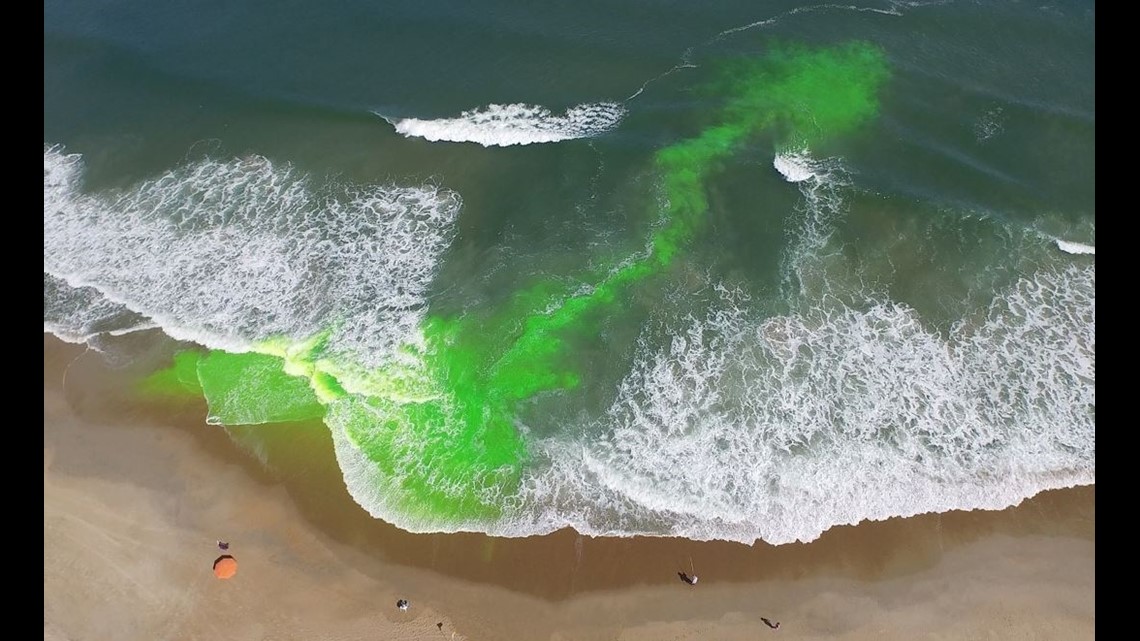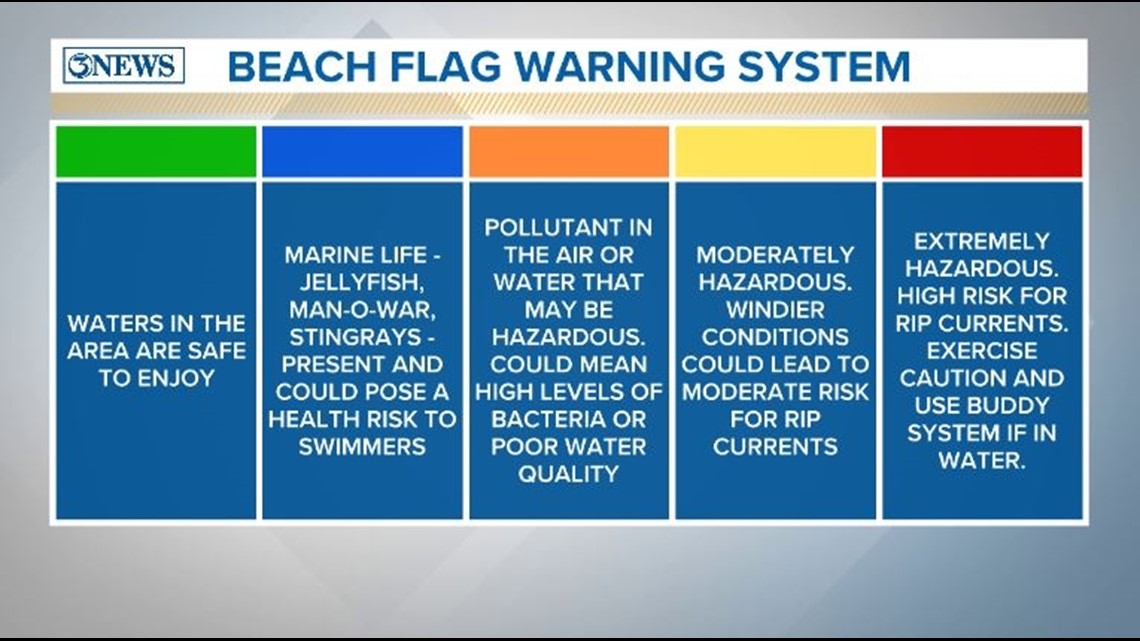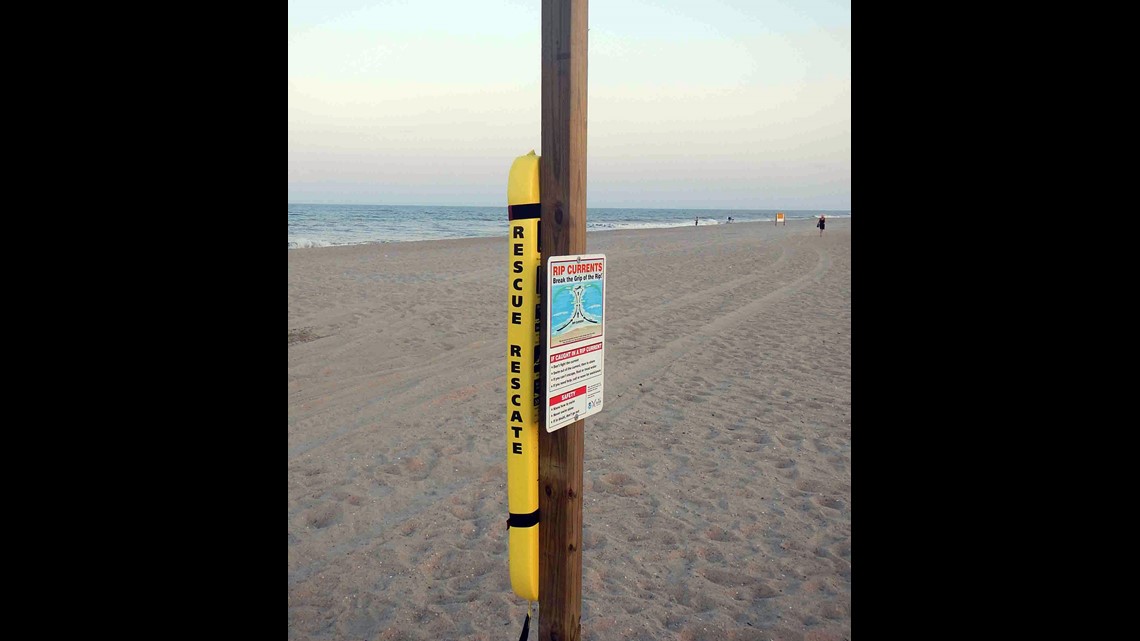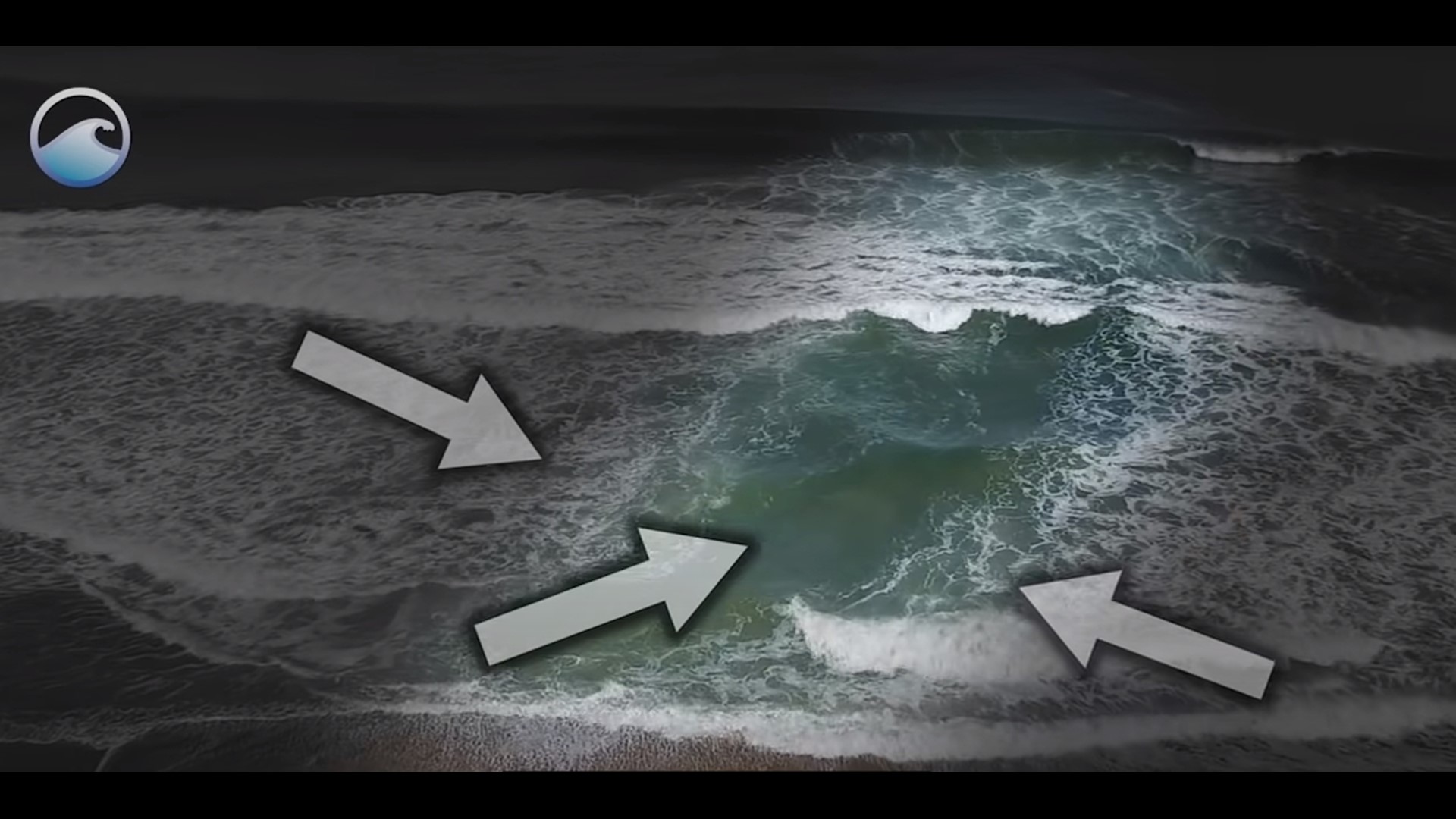It's almost spring break time! As we prepare for thousands of people to visit our beaches, it's important to have a review on rip currents and how to stay safe at the beach.
Great weather doesn't always mean that the water is safe - rip currents often form on calm, sunny days. Rip currents can sweep even the strongest swimmers away from the shore. According to the National Weather Service, rip currents claim the lives of more than 100 people annually.


What is a rip current?
A rip current is a channelized current of water flowing away from the shore. They typically form at breaks in sandbars and near structures like piers and jetties. Rip currents are commonly found on all surf beaches, including the beaches of the Great Lakes.
Rip currents can range in size from 10-20 feet wide to over 50 yards wide and can end just beyond the breaking waves or flow hundreds of yards offshore. The strength and speed generally increase as wave height and wave period (the time in between waves) increase. Outward speeds are generally 1-2 feet per second, but speeds of 8 feet per second have been recorded.


How do you identify a rip current?
Some clues that a rip current may be present are a difference in water color or a channel of churning, choppy water. It will appear as a narrow gap of darker, seemingly calmer water between areas of breaking waves. You can also identify a rip current if there's a line of seafoam, seaweed or debris moving out to sea.


How do they result in drowning?
Rip currents are the greatest surf zone hazard to all beachgoers, and can pull even the strongest swimmer away from the shoreline. They're particularly dangerous for weak and non-swimmers.
People pulled out by a rip current may be unable to keep themselves afloat and swim to shore due to any combination of fear, panic, exhaustion, or lack of swimming skills.
What can you do before visiting the beach?
There's a few things you can do before getting to the beach that will help make your visit safer. Check water conditions and the surf zone forecast before going into the water by looking at a local beach forecast, and know what the beach warning flags mean.
Know how to swim - swimming at the beach is not the same as swimming in a pool - and only swim at a beach with lifeguards present, if possible. The chance of drowning at a beach with lifeguards present is 1 in 18 million, according to the U.S. Lifesaving Association.
Use the buddy system - don't swim or go to the beach alone. A friend can watch you from the shore or swim with you. They can call for help from the shore, or if they're in the water with you, help pull you out of the rip current.


What should you do if you're caught in a rip current?
If you find yourself in a rip current, the first thing you need to do is relax. Rip currents do not pull you under the water. What you shouldn't do is swim towards the shore - you'll just end up wasting your energy fighting the current.
Instead, swim parallel to the shore or toward breaking waves. Then you can swim at an angle towards the beach and away from the rip current.
If you feel that you're unable to reach the shore, draw attention to yourself. Wave and yell for assistance.
Of equal importance: don't become a victim trying to help someone else. Call for a lifeguard, or if one isn't present call 9-1-1. You can also toss a floatation device out to the struggling swimmer.



